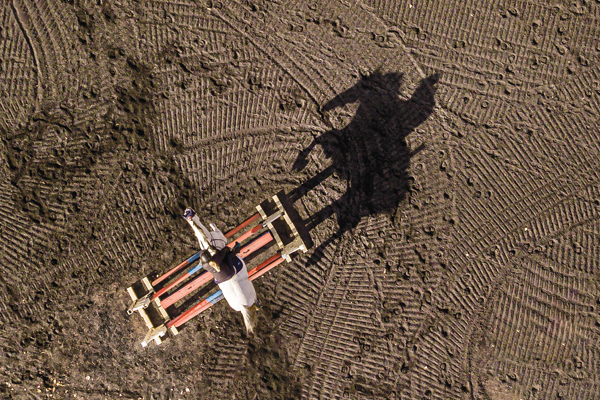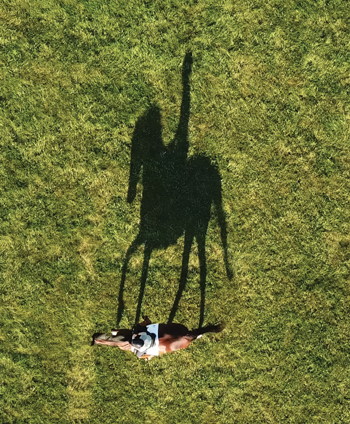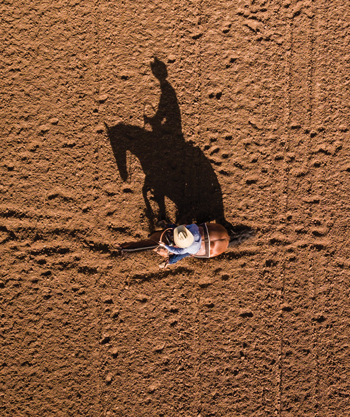Horses from Above: Drone Photography of Horses


It seems you can’t watch a TV show or movie these days without seeing scenes filmed with a drone. This unique perspective is able to spark our imagination and give us a view of the world normally reserved for birds and frequent flyers. Aerial photography from a drone can be extra challenging because you are not only taking photos, but you are also flying a small aircraft. Getting the right exposure, accurate focus and an interesting composition while trying not to crash your drone is harder than it looks! I will admit that while trying to do drone photography of horses, my drone has gotten cozy at the top of a tall pine tree and on the side of a hill and lived to tell the tale with photos that have made my efforts pay off.




This article on drone photography of horses appeared in the January 2020 issue of Horse Illustrated magazine. Click here to subscribe!
Recent Posts
2025 FEI Basel World Cup Finals Hands Reins to Fort Worth 2026
As U.S. athletes look back on valuable experience gained at the 2025 FEI World Cup Finals in Switzerland, the next…
How to Clean a Horse’s Sheath
If you’ve never cleaned a horse’s sheath, you probably have questions. First and foremost, is it really necessary? And more…
All Three Equestrian Sports Receive Final Confirmation for the LA 2028 Olympic Games
After a nail-biting two years of speculation about the inclusion of equestrian sports in the next Olympic Games, it was…
ASPCA Right Horse Adoptable Horse of the Week: Xanthus
Welcome to Horse Illustrated’s weekly installment of the Right Horse Adoptable Horse of the Week, offered in partnership with the…
Be Your Horse’s Joint Health Champion
Equine arthritis can affect horses of all disciplines and ages, and early intervention is crucial for maintaining comfort and performance.…
Tamie Smith: Taking It To The Next Level
Mother, grandmother, and winning 5* eventing rider—these three titles don’t typically go together. However, Tamie Smith, 49, is all of…